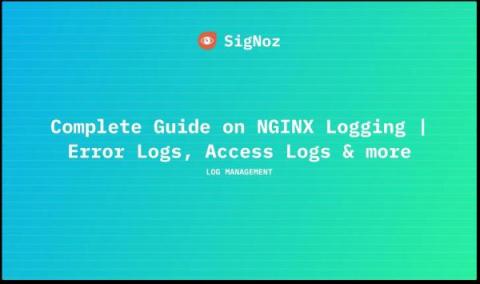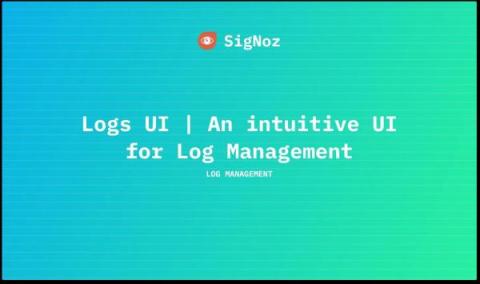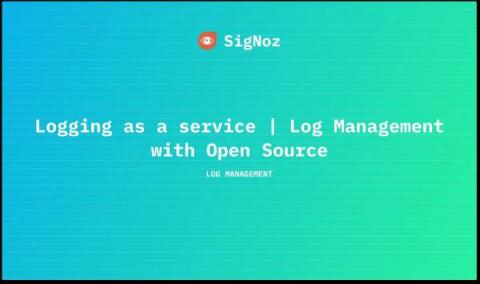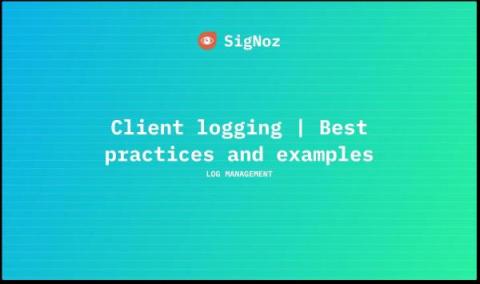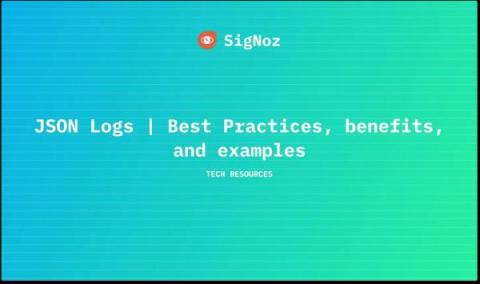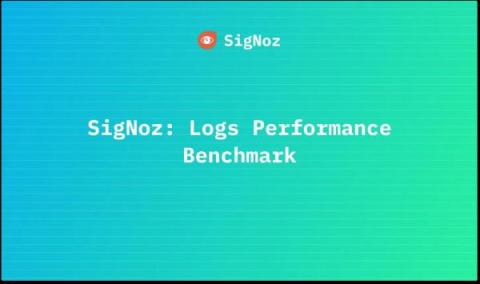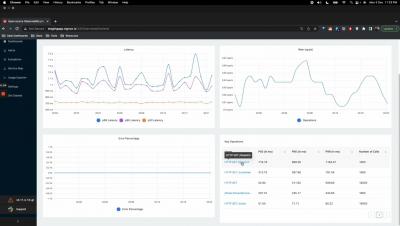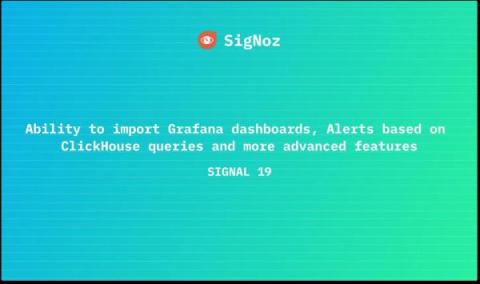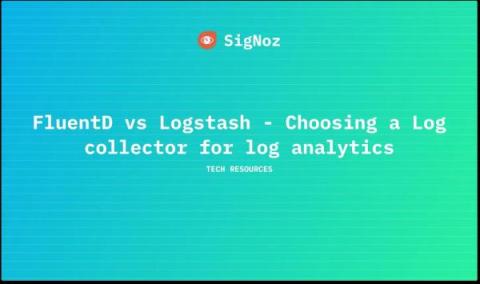NGINX Logging | Configuring Error and Access Logs, Sending Nginx Logs to Syslog & more
NGINX is a prominent web server, reverse proxy server, and mail proxy utilized by many websites and applications to serve content to their users. One important aspect of managing a web server is logging, which refers to the process of recording information about the server's activity and performance. In NGINX, logging is done using the error_log and access_log directives. error_log directive specifies the file where NGINX should log errors.


